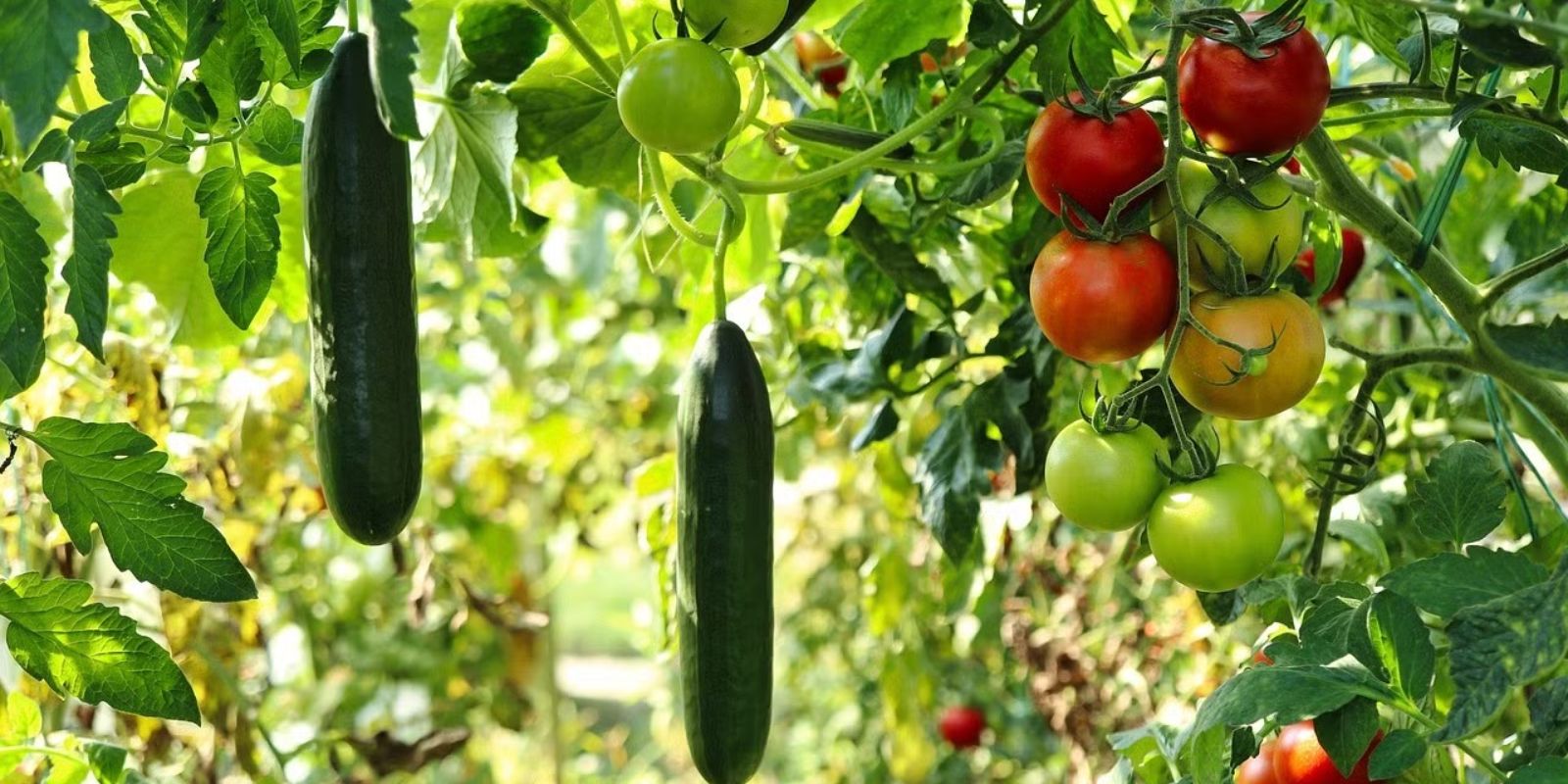Tomatoes are a beloved staple in many home gardens, valued for their juicy fruit and versatility in the kitchen. However, to achieve a bountiful harvest and ensure your tomatoes thrive, it’s essential to consider not just their care but also their companions. Companion planting is a time-tested method of growing compatible plants together to enhance growth, boost yields, and reduce pests and diseases. In this comprehensive guide, we’ll explore the best companion plants for tomatoes, how they benefit your garden, and practical tips for implementing this strategy.
Why Companion Planting Matters
Companion planting is based on the idea that certain plants can support each other’s growth and health. This technique can:
- Improve Soil Health: Some plants, like legumes, can fix nitrogen in the soil, enriching it for others.
- Boost Growth: Companions can help each other grow faster and stronger.
- Enhance Flavor: Certain plants can enhance the flavor of others.
- Repel Pests: Some companions deter harmful insects and pests.
- Prevent Diseases: Strategic planting can help reduce the spread of diseases.
Top Companion Plants for Tomatoes
1. Basil
Benefits:
- Flavor Enhancement: Basil is known to improve the flavor of tomatoes, making them taste even better.
- Pest Repellent: It repels pests such as mosquitoes and flies, which can harm your tomato plants.
- Disease Prevention: Basil’s strong scent can help deter diseases like tomato blight.
Planting Tips:
- Location: Plant basil alongside tomatoes or in pots near tomato beds.
- Spacing: Ensure enough space for both plants to grow without crowding each other.
2. Marigolds
Benefits:
- Pest Control: Marigolds are excellent for deterring nematodes, aphids, and other garden pests.
- Disease Management: They can help prevent the spread of soil-borne diseases.
- Aesthetic Appeal: Marigolds add vibrant color to your garden, making it visually appealing.
Planting Tips:
- Location: Plant marigolds around the perimeter of your tomato beds or intersperse them among tomato plants.
- Spacing: Space marigolds adequately to avoid competition with tomatoes for sunlight and nutrients.
3. Carrots
Benefits:
- Soil Aeration: Carrots have deep roots that help break up the soil, improving aeration and drainage around tomato plants.
- Space Utilization: They grow well in the cooler lower layers of the soil, not competing directly with tomato roots.
Planting Tips:
- Location: Plant carrots in the same bed as tomatoes or in nearby rows.
- Spacing: Space carrots to allow room for both their root development and tomato growth.
4. Garlic
Benefits:
- Pest Repellent: Garlic is a natural deterrent for pests like aphids, spider mites, and whiteflies.
- Disease Prevention: It helps protect against fungal diseases that can affect tomatoes.
Planting Tips:
- Location: Plant garlic bulbs around tomato beds or in between tomato plants.
- Spacing: Garlic needs adequate space to bulb up, so ensure it does not overcrowd tomato plants.
5. Borage
Benefits:
- Pollinator Attraction: Borage attracts beneficial insects like bees, which help with pollination.
- Pest Control: It can repel pests such as tomato hornworms.
Planting Tips:
- Location: Plant borage near tomatoes or in the same bed.
- Spacing: Give borage enough space to grow without overshadowing tomato plants.
Implementing Companion Planting
1. Plan Your Garden Layout
Before planting, sketch out your garden layout to ensure proper placement of companion plants. Consider factors like sunlight, spacing, and growth patterns. A well-thought-out plan will help you maximize space and ensure that each plant receives the nutrients it needs.
2. Prepare the Soil
Healthy soil is crucial for successful companion planting. Test your soil and amend it with compost or organic matter to improve its fertility and structure. Ensure that the soil has good drainage and is rich in nutrients.
3. Plant at the Right Time
Timing is important for companion planting. Plant companion plants at the same time as your tomatoes or slightly before to ensure they establish well before tomatoes start to grow.
4. Monitor Growth and Health
Regularly check your plants for signs of pests or diseases. Observe how well your companion plants are supporting your tomatoes and make adjustments if necessary. For example, if marigolds are not deterring pests effectively, consider adding more or adjusting their placement.
5. Rotate Crops Annually
To prevent soil depletion and reduce the risk of diseases, rotate your crops each year. This means changing the location of your tomato and companion plants to different areas of your garden.
Common Issues and Solutions
1. Overcrowding:
Companion plants can sometimes grow too large and overshadow tomatoes. Ensure proper spacing and trim plants if necessary to prevent overcrowding.
2. Pest Infestation:
If you notice pests despite using companion plants, check if the pests are targeting specific plants. Consider additional pest control methods such as organic sprays or beneficial insects.
3. Disease Spread:
Companion planting can help prevent diseases, but it’s not foolproof. Regularly inspect your plants for signs of disease and address any issues promptly to prevent spreading.
Conclusion
Companion planting is a powerful tool in gardening that can enhance the health and productivity of your tomato plants. By carefully selecting and placing companion plants, you can boost growth, improve flavor, and reduce pests and diseases. Implementing these strategies in your garden will not only lead to a more successful tomato harvest but also create a more balanced and thriving garden ecosystem.
Embrace the benefits of companion planting and watch your garden flourish with vibrant, healthy tomatoes and their perfect plant partners!

